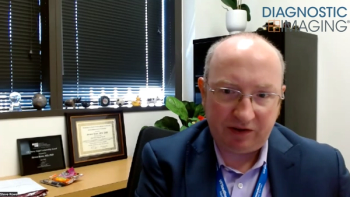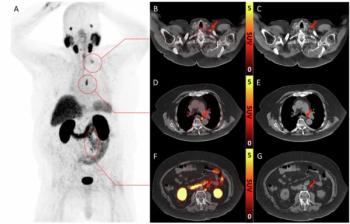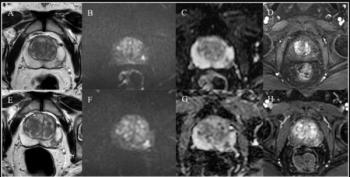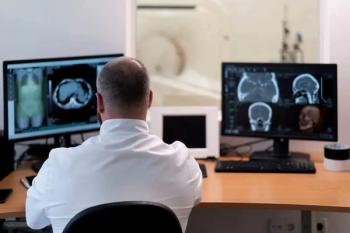
It’s Not Why You Think: Choosing Contralateral Prophylactic Mastectomy
Study tackles why women with most treatable form of breast cancer pursue most aggressive prophylactic measures; MRI false-positives have no effect.
A woman’s decision to undergo a contralateral prophylactic mastectomy was not affected by false-positive MRI interpretations of the unaffected breast, a new study in
“We expect many physicians who treat breast cancer to be surprised by this since it has been often assumed in the breast oncology community that false-positive findings on breast MRIs were responsible for rising rates of women choosing to have their breasts prophylactically removed,” study author Habib Rahbar, MD, acting assistant professor at the University of Washington told Diagnostic Imaging.
According to Rahbar, during the last 20 years an increasing number of women newly diagnosed with breast cancer have been choosing to have their unaffected breast surgically removed, a procedure referred to as a contralateral prophylactic mastectomy.
“There has been an increasing perception in the breast oncology community that by routinely obtaining breast MRIs in patients newly diagnosed with breast cancer, physicians are actually unintentionally pushing women towards choosing contralateral prophylactic mastectomies, which may not provide a significant survival benefit,” he said.
In this study, Rahbar and colleagues wanted to determine which patient and/or imaging factors may be influencing patients’ decisions regarding prophylactic mastectomy. They retrospectively reviewed data from 934 women with breast cancer who did not have contralateral breast cancer at the time of surgical planning.
Ultimately, 9.2 percent (86 of 934) of patients underwent contralateral prophylactic mastectomy. Data indicated that these women were more likely to be younger with a mean age of 48 compared with 54 in women who did not undergo the procedure (P<.0001). The procedure was also more common in women who were premenopausal (P<.0001), had ductal carcinoma in situ (P=.02), had greater breast density (P=.004) and had a family history of the disease (P=.004). Upon multivariable analysis, everything but menopausal status remained statistically significant.
The researchers found no increased occurrence of abnormal or positive MRI Breast Imaging Reporting and Data System assessments among those patients who chose to undergo contralateral prophylactic mastectomy. In addition, no significant difference in the number of false-positive lesions found on imaging was found between the two groups (16.3 percent in women who underwent the procedure vs. 13.3 percent in those who did not).
“We feel that our study provides a strong message to clinicians that they should not be deterred from recommending breast MRIs in patients newly diagnosed with breast cancer due to the fear that the results from the MRI will ultimately lead to women choosing a contralateral prophylactic mastectomy,” Rahbar said. “This important topic needs further study to elucidate patient attitudes regarding ductal carcinoma in situ diagnoses so that we can better understand why women who are diagnosed with the most treatable form of breast cancer are more likely to opt for the most aggressive prophylactic measures.”
Newsletter
Stay at the forefront of radiology with the Diagnostic Imaging newsletter, delivering the latest news, clinical insights, and imaging advancements for today’s radiologists.






























